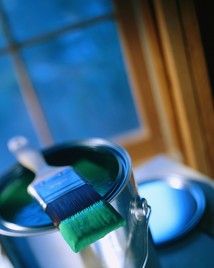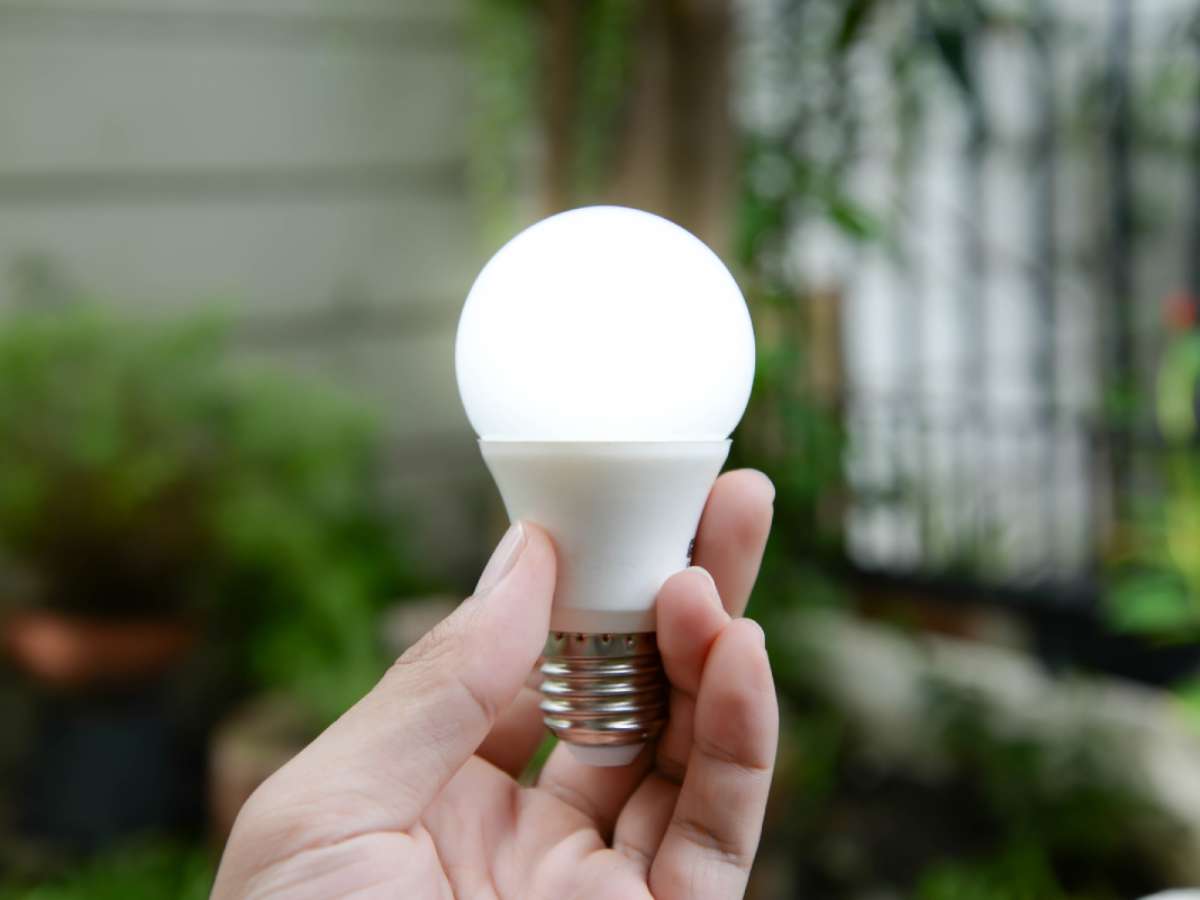 Indoor pollution is a real problem in our modern age.
Indoor pollution is a real problem in our modern age.
The paints we use to adorn the walls of our homes can really contribute to that problem, which in turn contributes to the pollutants in the air we breathe in general.
House paint can include such nastiness as formaldehyde, benzene, toluene, and ethylene glycol — to name a few.
These chemicals can spend time evaporating and becoming part of the air you breathe years after you’ve painted your living room.
It’s a scary thought, but what can we do to help prevent this type hazard in our homes?
Fortunately, there are a number of things you can do to go green when you are painting your house.
Some Ideas To Get You Started…
#1 – Choose paints that have low or zero VOC’s.
VOC stands for Volatile Organic Compound, and the more of these there are in paint, the more likely it is that you are going to have pollution problems. Carefully read labels — because even some low VOC paints can still give off quite a lot of VOC’s and cause health problems! If you’ve ever felt dizzy, sick or even light-headed after or during painting your home, then you’ve been a victim of VOC’s.
#2 – Choose water-based paints.
These paints are actually called latex paints even though there isn’t any latex in them. Water-based paints are safer than oil-based paints because they have lower VOC’s than the oil-based ones.
#3 – Use lime wash instead of traditional house paint.
In lime wash, limestone is mixed with water to form a natural paint that is the basis for whitewash. A downside to this alternative is that limestone is corrosive to eyes and skin so you will need to wear gloves, as well as goggles when applying it. Also, lime wash can only be used on porous materials such as brick, wood, concrete, and plaster because it actually sink into the subsurface of your walls. They would be useless on drywall for example because of this.
#4 – Choose clay-based paints.
Clay-based paints are another natural paint that you can try. They are combined of earth-based minerals and water. The biggest downside is there aren’t as many colors to choose from. Another downside is that they tend to be expensive. However, if you like earth tones — and blue, white, or orange tints — and don’t mind paying more for your paint in order to Go Green, then clay-based paints may be the ideal solution for you.
#5 – Use milk-based house paints.
Yes, there are milk-based paints available to paint your home with. Milk-based paint’s main ingredient is casein, a protein that comes from milk. The casein is separated from milk and then mixed with clay, earth pigments, and water. In a way, it’s a variation on the clay paints, with similar earth-tones which I personally love. One downside to milk-based paints are that they can be difficult to remove when you are ready to paint again.
#6 – Buy less paint.
Who hasn’t bought more house paint than they needed and then had leftover paint that they couldn’t bear to get rid of? The bad thing about this, especially if it is a paint that has high VOC’s, is that those VOC’s can evaporate and continue to pollute your air for years, even with the lid on the can! One way to avoid this is to use one of the many online paint calculators available and figure out how much paint you are actually going to need first. Then only buy that much.
For a little more info about VOC’s, check out this video:
Indoor pollution is always going to be problem as long as we live our lives inside semi-well insulated apartments and houses, because we often don’t get enough ventilation. Choosing paints that are more eco-friendly will definitely help to reduce our indoor pollution.
While the natural-based paints have their own issues, I think the advantages to using these paints far outweighs any disadvantages and in the long run I believe they will really help our air quality — both inside and out.



